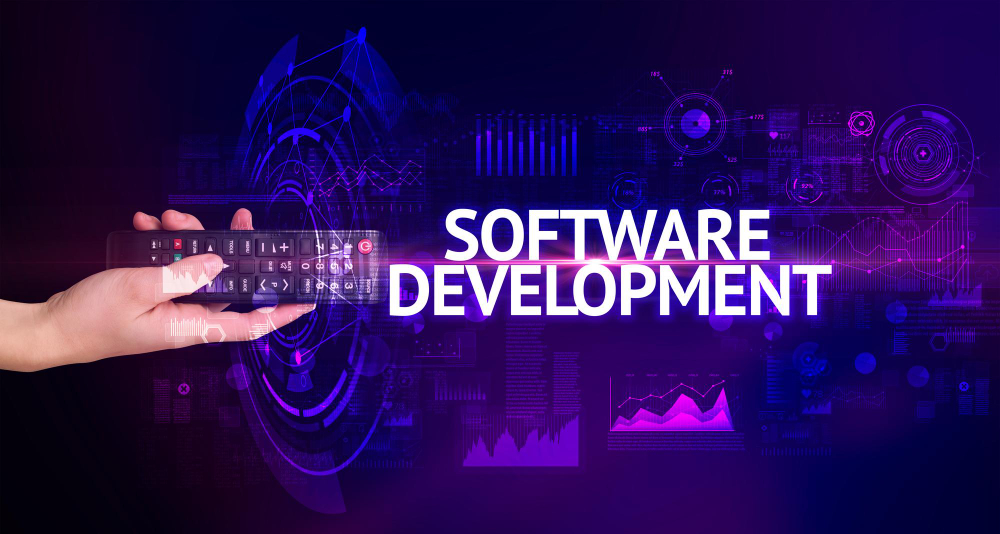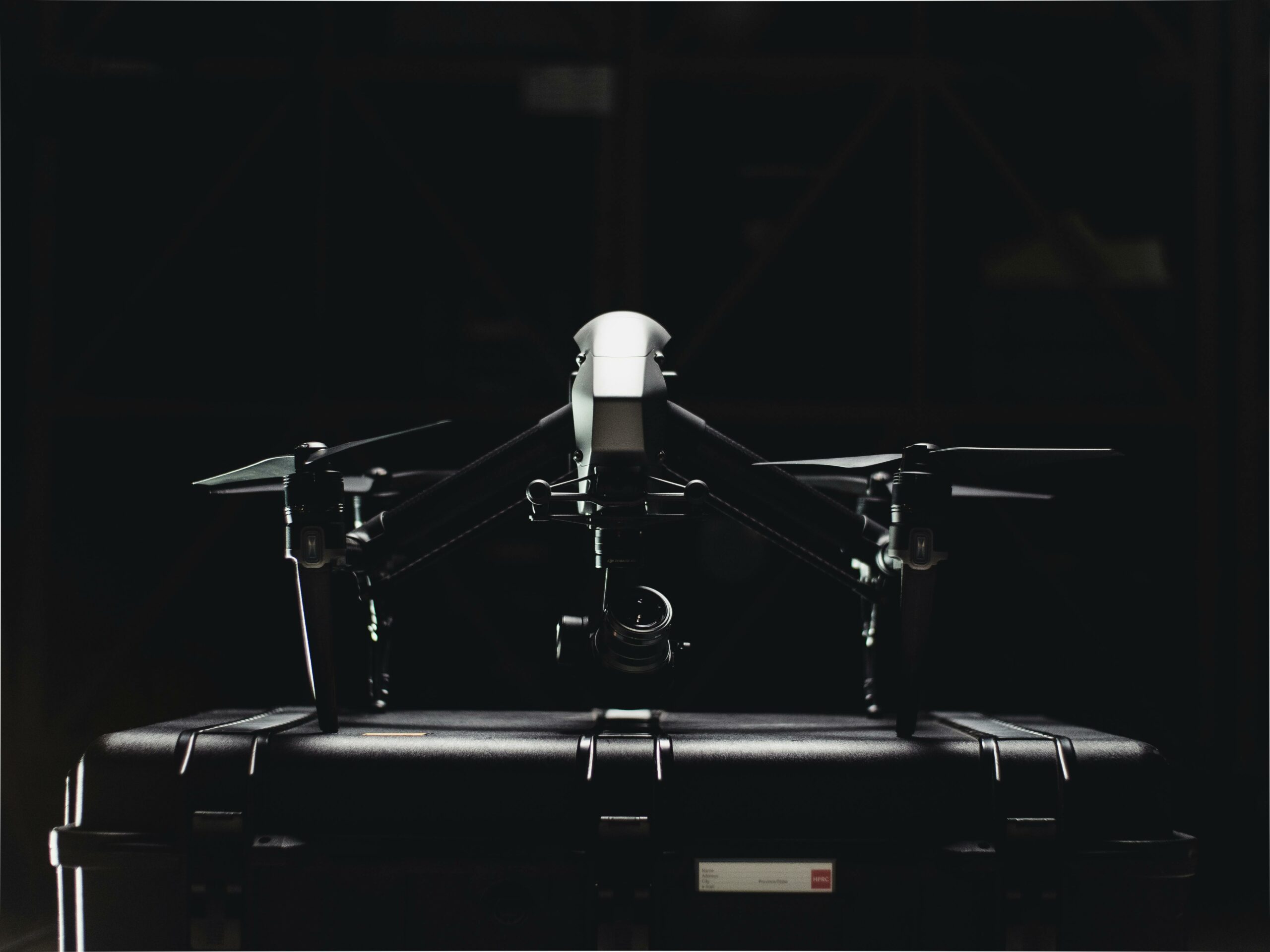3D printing is an additive manufacturing process that builds up objects in layers using digital designs – typically referred to as an STL file. It’s used across many industries.
It was originally developed for rapid prototyping, allowing users to test their product faster and at a fraction of the cost of traditional injection-molded parts. But it’s also becoming a leading solution for production components.
Vat Polymerization
Vat polymerization is a common 3D printing method that uses UV light to cure photopolymer resin in a pre-filled vat. This allows for the direct printing of complex objects with a smooth texture and high level of detail.
While this process is less common for elastomers, it offers several advantages over other additive manufacturing technologies. For example, elastomer parts printed via this technology have a Shore hardness range of 5A to 70A, which means they can be as soft or as durable as traditional injection molding processes. Additionally, VAT printed elastomers have superior tensile strength and tear resistance compared to other additive manufacturing methods.
The next step in the VAT process is to use a heated nozzle to melt and deposit the liquid photopolymer resin. It is then cured using UV light to form the desired physical model [2]. While this technique is relatively fast, it requires post-processing for smooth surfaces and textures.
This is where the benefits of this 3D printing technology really shine. By eliminating or reducing assembly labor and enabling automated smart factory production, this technology can help companies increase efficiency and reduce cost. The tolerances that can be achieved with VAT printing are also among the best of any 3D printing method. However, if you’re looking for the most robust mechanical properties, powder bed fusion (PBF) is the way to go.
Material Extrusion
Material extrusion is one of the most common 3D printing technologies used by individuals and companies to prototype and manufacture commercially available products. It works by melting and depositing thermoplastic polymer filaments layer-by-layer onto a build platform. Also known as fused deposition modelling (FDM) or fused filament fabrication, it uses a range of standard plastic materials such as acrylonitrile butadiene styrene (ABS), polylactic acid (PLA), poliethylene terephthalate (PET), thermoplastic polyurethane (TPU) and nylon.
To begin printing, the spool of filament is loaded into the printer and heated to a melt point, at which time it passes through a nozzle and is deposited layer-by-layer on a platform. As the melted material cools, it hardens and forms the first layer of the part. This layer is then lowered as the next layer is printed. The process is repeated until the desired part has been printed.
The FDM print process is not as accurate as other 3D printing methods and tends to leave visible layer lines unless smoothed. However, it is fast and affordable to use. For higher quality parts, reducing the printing speed can improve part accuracy and surface finish. Choosing the correct printing materials can also significantly improve the quality of the printed part.
Powder Bed Fusion
Powder bed fusion uses a heat source, typically a laser or electron beam, to melt metal powder into layers of the final part. The melted powder is then consolidated to form the desired 3D shape. Various metal powders can be used for the build process, such as iron, aluminium, nickel, cobalt or titanium. This type of printing is known as direct metal laser sintering (DMLS) or electron beam melting (EBM).
Both laser and electron bed fusion technologies operate in a high-vacuum environment, which prevents oxidation and contamination. A stereolithographic file of the part is loaded into the machine and then a layer of metal powder is spread across a flat build plate. The power source then scans over the layer and melts only the areas that need to be shaped into the finished part. Afterwards, the build plate indexes down and fresh powder is spread over the surface to begin building up another layer of the part.
One of the biggest advantages that powder bed fusion holds over other manufacturing methods is that it often produces parts without or with very minimal support structures. This allows for more complex designs and design freedom. However, these types of parts may require post-processing to remove any residual stresses or to enhance the mechanical properties of the part. Hot isostatic pressing, chemical milling, grit blasting and deburring are a few of the commonly used processes.
Electron Beam Melting
Electron beam melting (EBM) is an additive manufacturing method for metal parts. Using a high-energy electron gun, an electron beam melts and fuses powdered metals to create forms in a vacuum. This process produces strong, durable parts and is ideal for production of industrial and medical metal components.
The EBM printing process starts with a layer of metal powder deposited on the build plate of the printer. The powder is preheated before an electron beam carefully heats and selectively fuses parts of the layer, following a sliced blueprint. Once the layer is complete, the build platform descends about half a millimeter and a new layer of powder is spread across the build area. The process repeats until the final part is printed.
Because the EBM process works through electrical charges, the materials used must be conductive. This limits the printing to metals, and titanium and chromium cobalt alloys are the most common metals used for EBM. In order to print with this technology, a specialized 3D printer is required and the materials are more expensive than those used in other printing technologies.
Another advantage of EBM is its manufacturing speed. Since the electron beam can separate and heat different areas simultaneously, it speeds up production. In addition, the preheating of the powder limits deformations and reduces the need for additional support structures.




